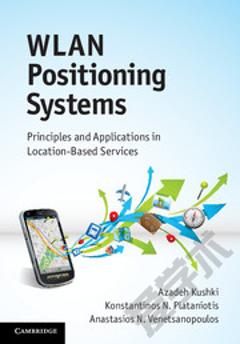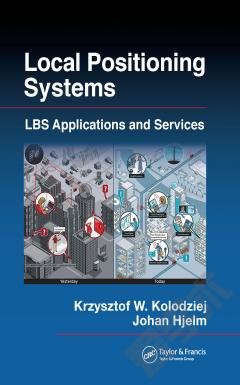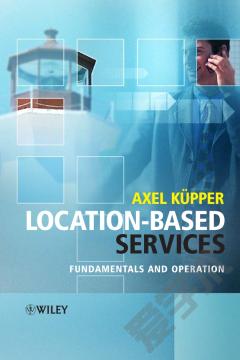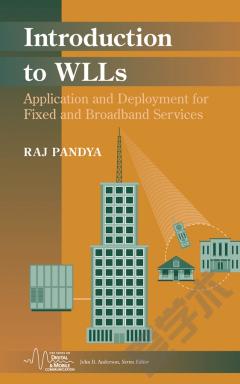WLAN Positioning Systems: Principles and Applications in Location-Based Services
Describing the relevant detection and estimation theory, this detailed guide provides the background knowledge needed to tackle the design of practical WLAN positioning systems. It sets out key system-level challenges and design considerations in increasing positioning accuracy and reducing computational complexity, and it also examines design trade-offs and experimental results. Radio characteristics in real environments are discussed, as are the theoretical aspects of non-parametric statistical tools appropriate for modeling radio signals, statistical estimation techniques and the model-based stochastic estimators often used for positioning. A historical account of positioning systems in also included, giving graduate students, researchers and practitioners alike the perspective needed to understand the benefits and potential applications of WLAN positioning.
{{comment.content}}








 京公网安备 11010802027623号
京公网安备 11010802027623号